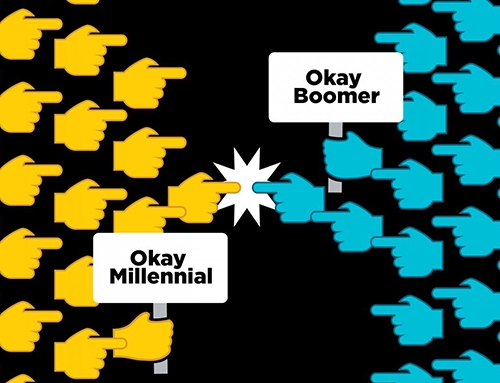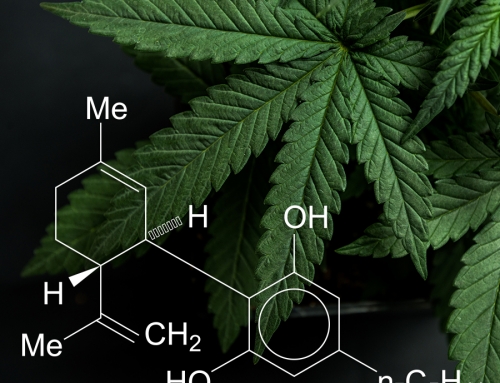As more and more people learn about the beneficial effects of compounds like CBD, CBN, CBG or THC, most everyone is becoming familiar with the term cannabinoid. But did you know there are really three different general classes of cannabinoids? Let’s look more deeply into the different general classes of cannabinoids.
CANNABINOID: A cannabinoid is a plant substance that stimulates cannabinoid receptors in the body’s main regulatory system – the endocannabinoid system (ECS). While we most always refer to the plant cannabinoids simply as cannabinoids, scientifically they are referred to as “phytocannabinoids”, where “phyto” refers to that which comes from a plant source. Most cannabinoids come from cannabis; however, there are many less polarizing, albeit weaker plant sources of certain specific cannabinoids such as the common herb echinacea purpurea.
ENDOCANNABINOID: An endocannabinoid is a cannabinoid compound that the body makes all by itself, naturally. You read that correctly! All living creatures naturally create their own cannabinoids. The reason we make our own cannabinoids is simple; to bind to receptors in the ECS and to maintain homeostasis thereby improving health and happiness.
SYNTHETIC CANNABINOIDS: These are cannabinoids synthesized artificially in the lab. They are not produced in nature, yet they form the basis for many of the cannabinoid pharma drugs which are at various stages of the approval process.










